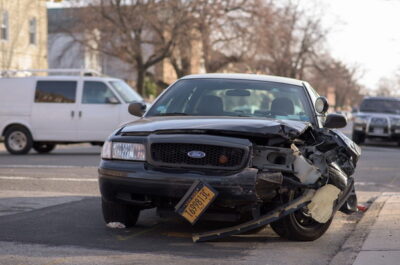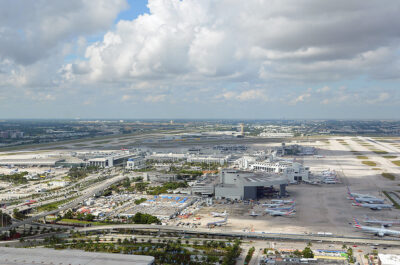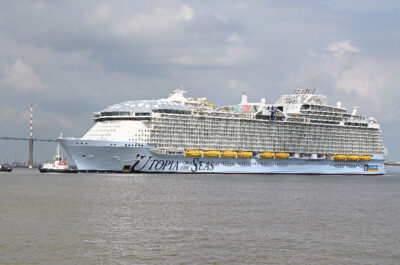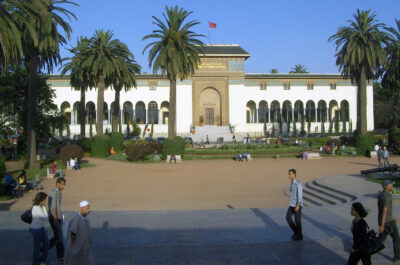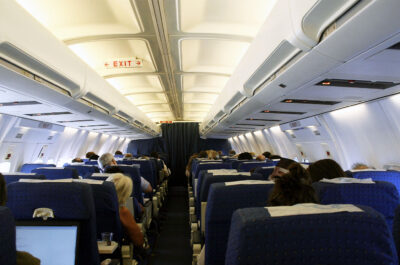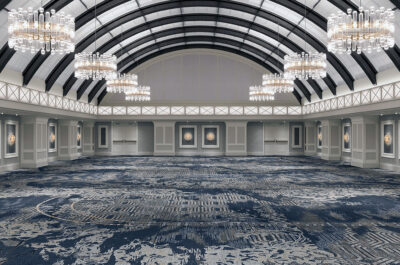Major new trends are emerging in the attractions sector in the UK, according to a report released in January 2002 by the…
Major new trends are emerging in the attractions sector in the UK, according to a report released in January 2002 by the English Tourism Council (
Sightseeing in the UK 2000 shows that the Millennium was a year of great expansion for the attractions sector with some 79 new attractions opening their doors to the public in 2000. It was also a year of major investment with more than £377 million being invested in 800 attractions, particularly museums and galleries.
Key trends to emerge from the report are that free attractions fared better than those which charge admission and large attractions did better than small ones.
Spending at attractions showed little growth at £1.4 billion and the number of visitors also fell slightly (-2%) from a peak in 1999 to 413 million. This was the result of greater competition for visitors. Not only were existing attractions competing against the newly opened attractions for people`s leisure time but also with other activities like Sunday shopping.
Overall, attractions which rely mainly on domestic visitors held up reasonably well in 2000 while those which are more dependent on the overseas market fared less well. These include cathedrals, churches, historic houses and historic buildings. Factors which had an impact on virtually all attractions were the fuel crisis in September, poor weather and flooding particularly at the tail end of 2000 and transport difficulties caused by the after-effects of rail crashes.
ETC head of communications Naomi Cohen said: “The Millennium brought mixed fortunes to the attractions sector. While increased investment gave many attractions a boost, heightened competition for visitors posed new challenges for many existing attractions in 2000. It is clear that in the future, attractions will need to continue to be innovative and creative to hold on to their market share. Targeting the domestic market will also be key to their success in the current climate post September 11.”
Looking at the top charging attractions of 2000, the report reveals a big shake-up in the table of most visited attractions. The two most high-profile newcomers, the Millennium Dome and British Airways London Eye were firm favourites with the public. The Dome became the most popular charging attraction in 2000 with 6.5 million visits while the London Eye was the second most visited attraction with 3.3 million visits. The former No 1, Alton Towers moves into third place with 2.45 million visits.
Blackpool Pleasure Beach retained its position as the top free attraction in 2000 with 6.8 million visits. The British Museum was in second place with 5.46 million visits, followed by the National Gallery (4.89 million visits). Newcomer the Tate Modern at Bankside steamed into fourth place after only seven months of opening with 3.87 million visits.
One of the successes of 2000 was London`s Victoria & Albert Museum which leapt 10 places to 9th in the table, mainly due to the popularity of its Art Nouveau exhibition and a programme of Friday Late Views.
Other top attractions enjoying an increase in visits were Flamingo Land Theme Park in Kirby (up more than 8% to 1.3 million visits), Chester Zoo (up 5% to 1.1 million visits), Windermere Lake Cruises (up nearly 3% to just under 1.17 million visits) and the Roman Baths in Bath (up 1.5% to 932,566 visits).
Theodore is the Co-Founder and Managing Editor of TravelDailyNews Media Network; his responsibilities include business development and planning for TravelDailyNews long-term opportunities.























